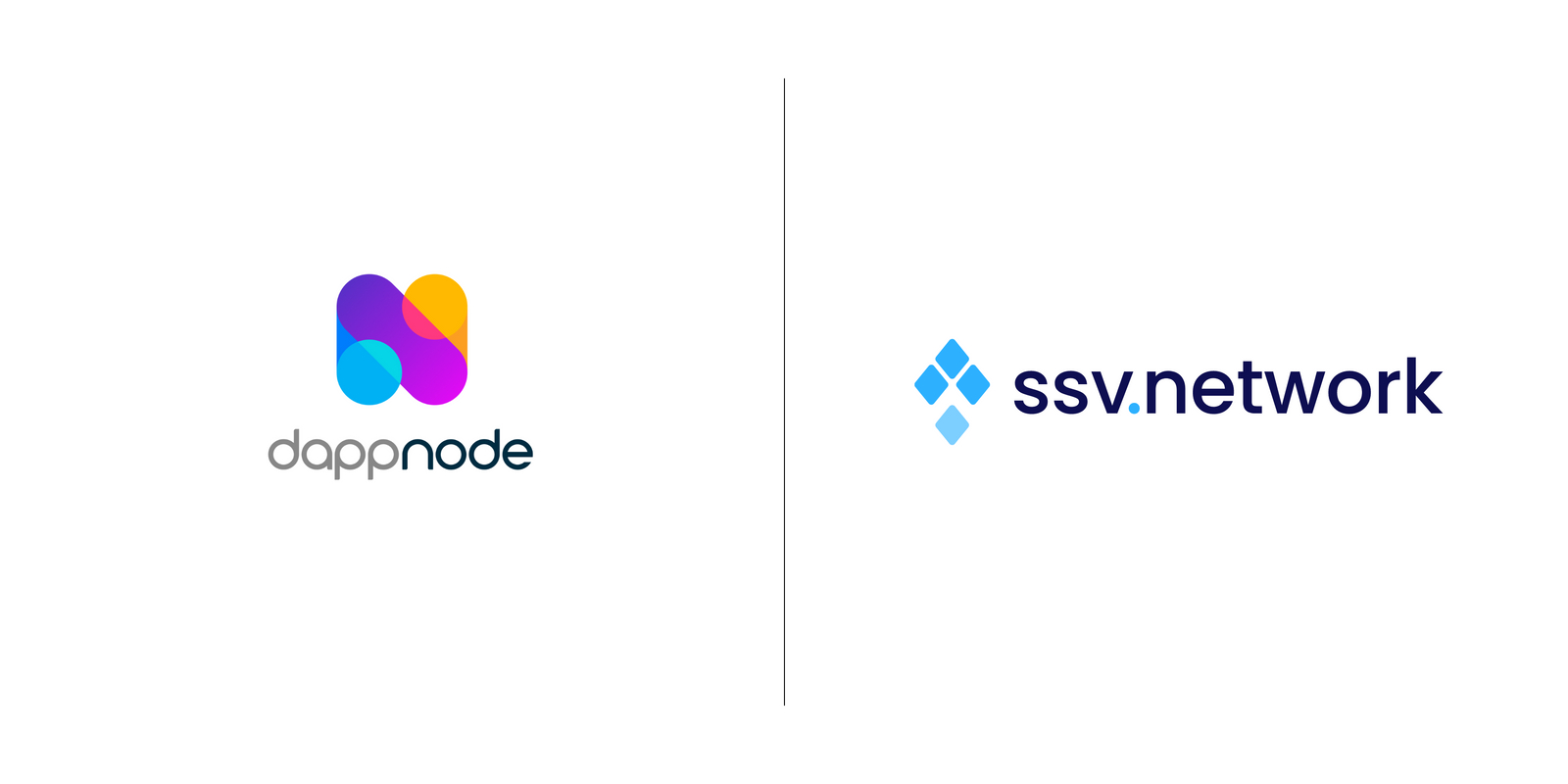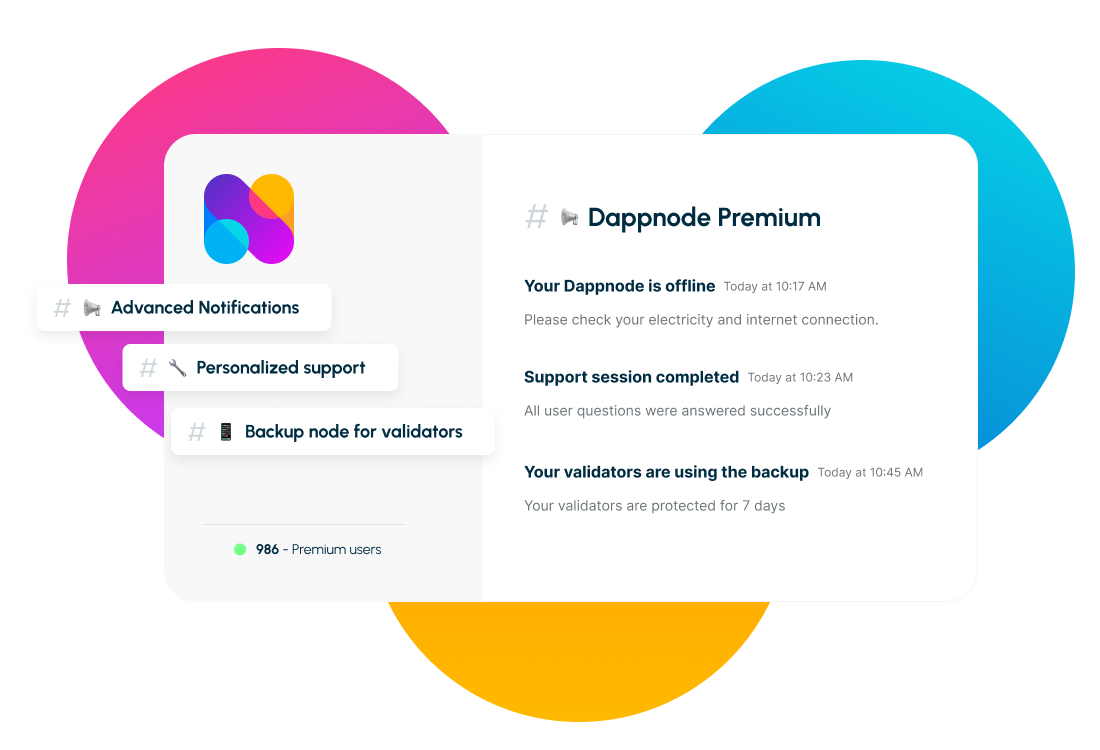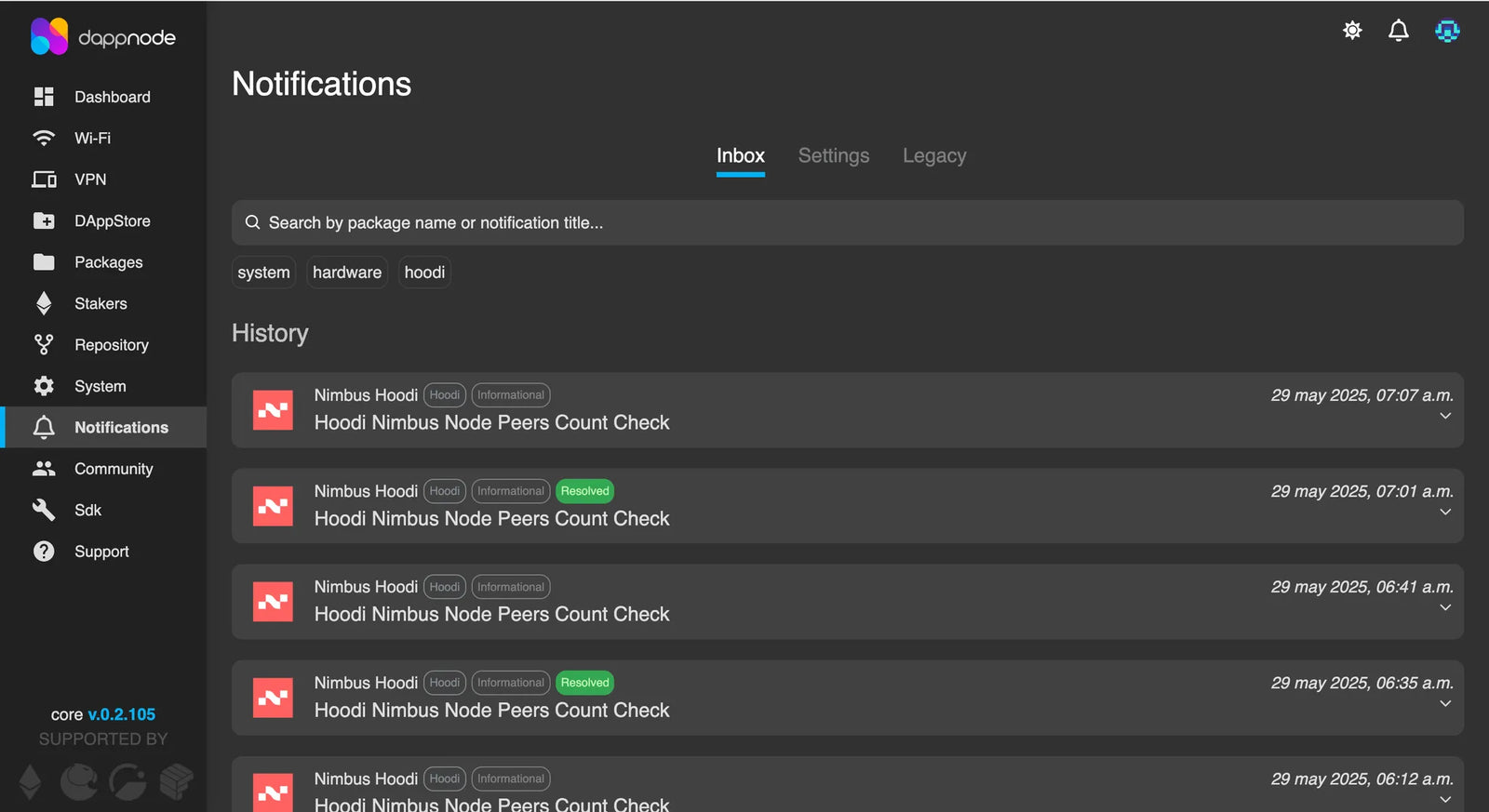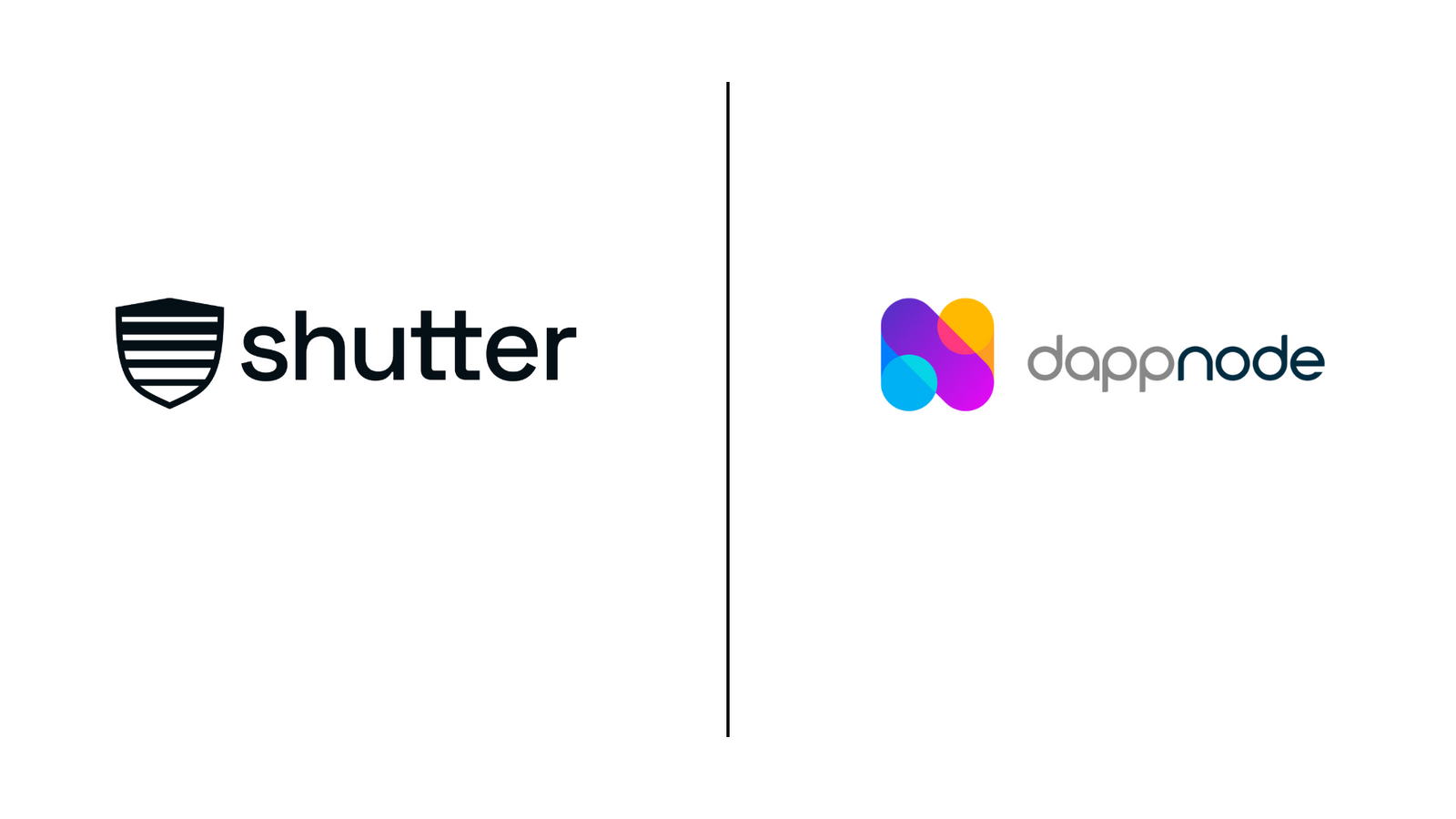
As you’ve probably heard in your staking journey, there’s nothing that ensures the resilience and security of Ethereum as a global network than a robust and distributed infrastructure. It’s been said that home node operators are the gold standard and strongest backbone of Ethereum due to factors like geographic location and jurisdiction diversity, but how can these strengthen its weaknesses? Dappnode and SSV are excited to announce their collaboration, bringing the Distributed Validator Technology (DVT) network to the easiest way to power web3. This partnership aims to provide seamless access for Dappnode users to the SSV Network, enabling home node operators to contribute to Ethereum’s security and decentralization in an operator’s marketplace fashion.
Dappnode simplifies the process of running blockchain nodes and staking validators, while SSV enables multiple operators to jointly manage an Ethereum validator, making this partnership an interesting proposal for users looking into improving Ethereum’s decentralization.
What is SSV?
SSV is an implementation of DVT that allows multiple operators to manage one or many Ethereum validators collectively. This approach enhances security, increases uptime, and reduces risks associated with running validators. Stakers, on the other hand, are able to pick their cluster’s node operators based on their performance and reputation.
Upon validator onboarding to SSV, the staker gets to pick 4, 7, or 10 operators for their validator.
The user then encrypts their validator key (keystore) and assigns each operator a share of the key.
Each operator is then responsible only for that share of the key, and cannot perform any meaningful action with that specific share – whether malicious or positive (slashing or attestations, for example).
So, how are validator duties handled in SSV?
Upon being required to submit a duty to the beaconchain, the respective operators that are responsible for the validator need to come to a consensus; and only then the action can be performed; again, whether malicious or good. This combines threshold signing, much like a multi-sig operates. This allows a much broader scope of security as you are not placing the validator key in one place, and no single entity can perform actions with your key, unless they have a majority of it, making SSV safer than a traditional setup.
Ethereum’s transition to Proof of Stake (PoS) has brought many opportunities for community participation, but it also demands a high level of reliability and security from its validators. This is where Dappnode and SSV come into play.
Key Initiatives of the Dappnode x SSV Partnership
- SSV Dappnode Package: Available now for the Ethereum mainnet and Holesky testnet, making it easy for Dappnode users to join the SSV Network and become operators.
- Dappnode Crash Course on SSV: A live workshop aimed at helping users set up and manage their Dappnode systems as SSV operators. Stay tuned for more details on the workshop, coming soon.
We’re working on new developments to enhance the experience for SSV operators using Dappnode, with a focus on improved performance and ease of use. Stay tuned for more updates!
How This Partnership Strengthens Ethereum
This partnership underscores the importance of home node operators and DVT in securing and decentralizing Ethereum. By lowering barriers to entry and providing the necessary tools and knowledge, Dappnode and SSV are enabling more individuals to contribute to Ethereum's security and future. Join us in supporting the decentralization and resilience of the Ethereum network!



